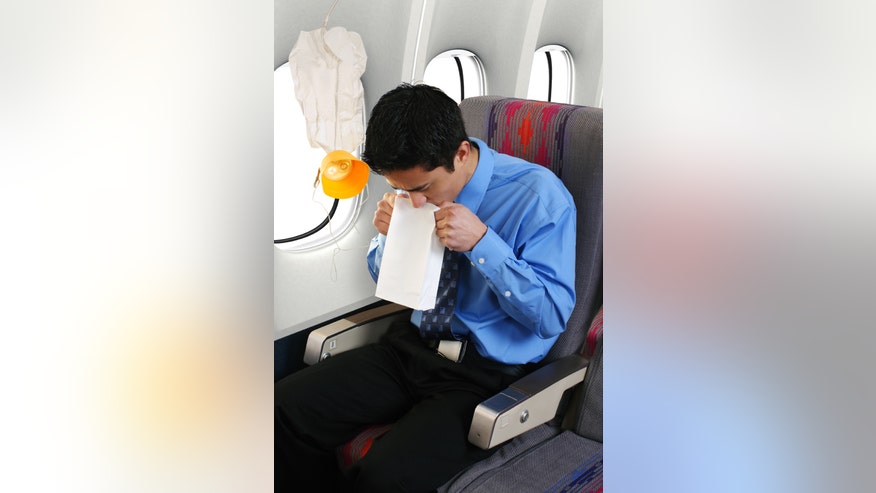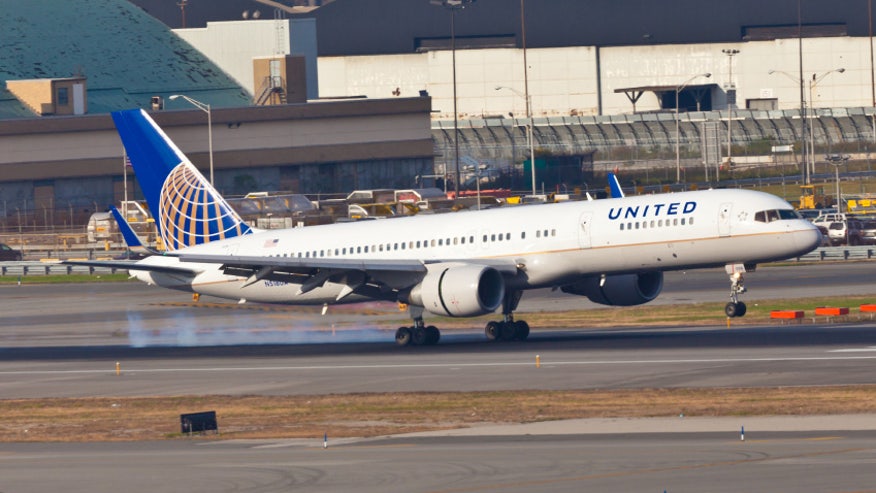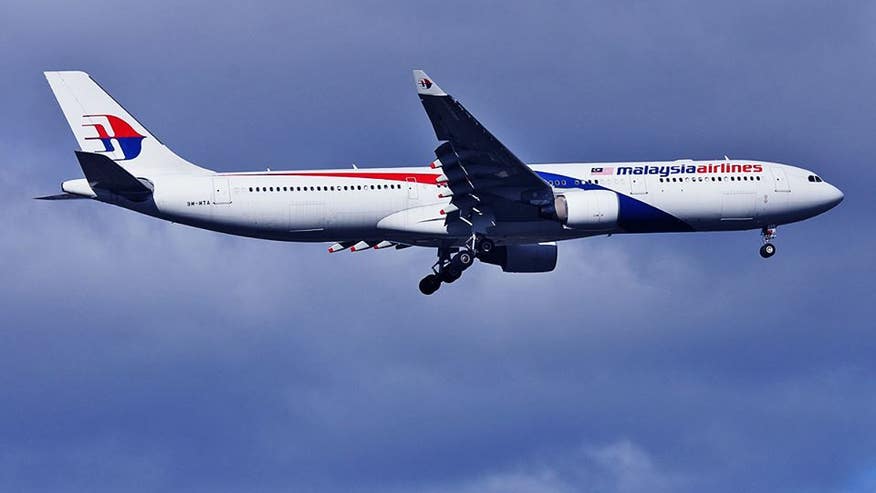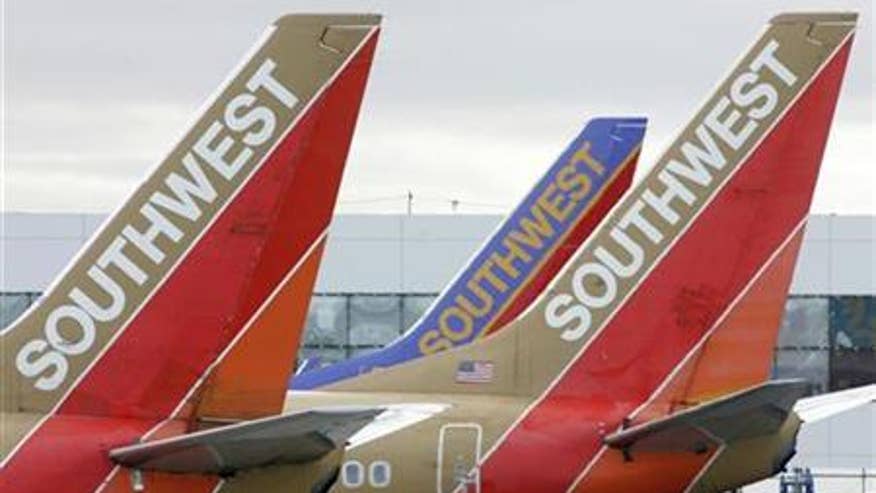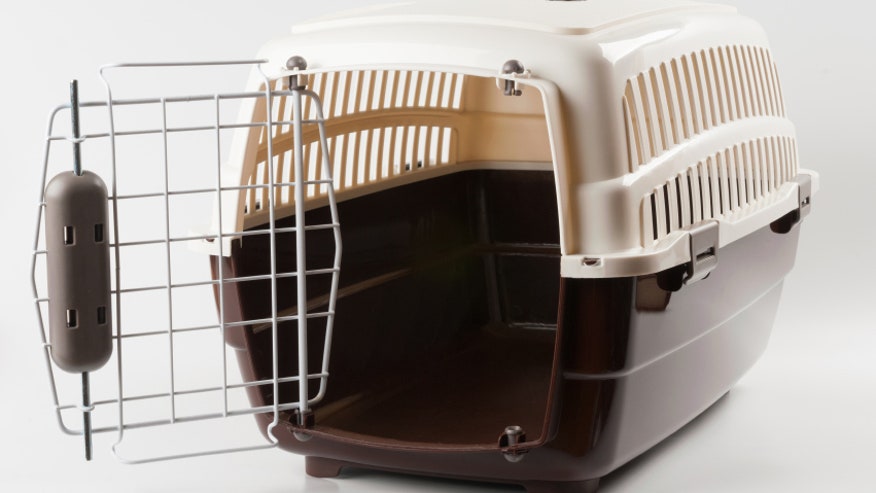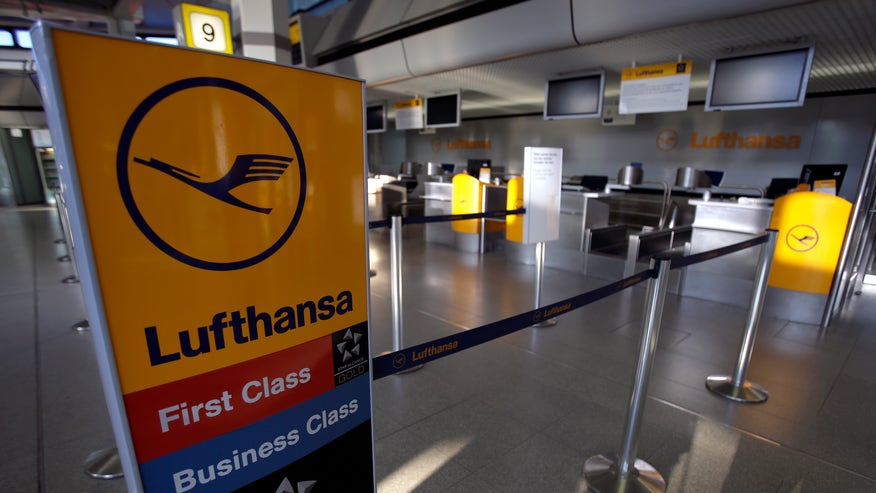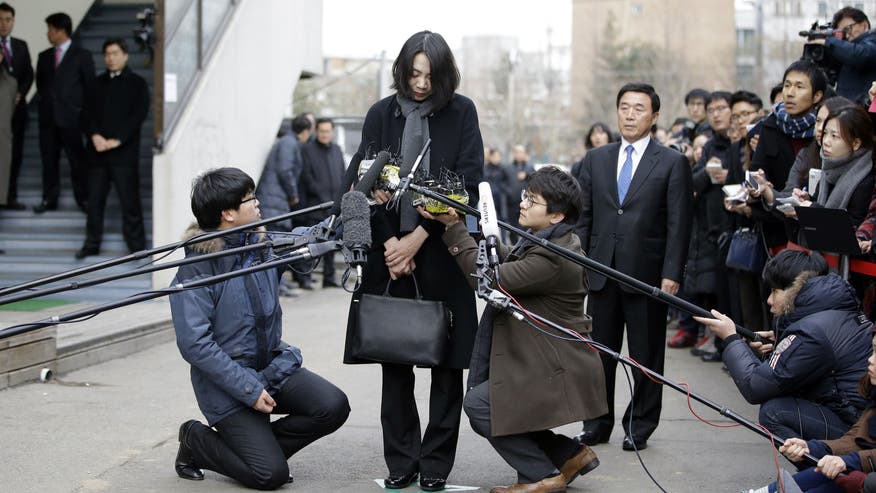Two air disasters
was bad enough for the Malaysian's airline industry, but a third has sent
shivers down the spine for some.
MAS lost MH370 on March 8 when it disappeared enroute
Kuala Lumpur to Beijing, while MH17 which was on its way from Amsterdam to
Kuala Lumpur was shot down over Ukraine on July 17. A total of 537 lives were
lost in both the incidents.
After the two incidents, MAS has since been taken private and will be restructured. The idea is to reset its business model and cost structures in order to be truly sustainable. There has been several past restructurings but failed to ensure sustainable profitably. That is why the government wants the job re-done.
The airline will welcome a new CEO in Christoph Mueller this month and hopefully he will do the magic that all stakeholders are counting on.
And just two weeks before we say goodbye to 2014, AirAsia's Indonesia unit, Indonesia AirAsia (majority owned by Indonesian interests) flight QZ8501 carrying 162 passengers plunged into Java Sea less than an hour after leaving Surabaya for Singapore on Dec 28. The search for bodies continue and my heart goes to the families who lost their loved ones.
There has been many air disasters over the past decade, but never has an airline (MAS) suffered two major ones in a year, and in a span of four months. It is truly unprecedented. AirAsia also has a accident free record until It is unfortunate that both the biggest airlines in Malaysia in size and capacity, were involved in the air tragedies in 2014.
BUT they are certainly very safe airlines to fly with.
Lets hope for a better flying experience in 2015!
------------------------------------------------------------------------
Some of 2014's aviation disasters ...(first appeared in Malay Mail on Dec 29, 2014)
Feb 16 — Nepal Airlines Flight 183 crashes near Khidim, Nepal, killing all 18 people on board
March 8 — Malaysia Airlines Flight 370, en route from Kuala Lumpur to
Beijing, with 227 passengers and 12 crew on board, disappears from radar
over the Gulf of Thailand. The aircraft has yet to be found
July 17 — Malaysia Airlines Flight 17 travelling from Amsterdam to Kuala
Lumpur is shot down over eastern Ukraine, killing all 283 passengers
and 15 crew on board. It is the deadliest civilian airliner shooting
incident
July 23 — TransAsia Airways Flight 222 from Kaohsiung to Penghu, Taiwan, crashes, killing 48 of the 58 people on board
July 24 — Air Algerie Flight 5017, en route from Burkina Faso to
Algiers, crashes in the northern Mali desert after disappearing from
radar approximately 50 minutes after takeoff. All 112 passengers and six
crew members on board are killed
Aug 10 — Sépahan Airlines Flight 5915 crashes shortly after takeoff from
Mehrabad International Airport, Iran, killing 39 of the 48 people on
board
Dec 28 — AirAsia Indonesia Flight 8501, an Airbus A320 en route from Surabaya to
Singapore with 155 passengers and seven crew on board, loses contact
over the Java Sea
MAS lost MH370 on March 8 when it disappeared enroute
Kuala Lumpur to Beijing, while MH17 which was on its way from Amsterdam to
Kuala Lumpur was shot down over Ukraine on July 17. A total of 537 lives were
lost in both the incidents.
After the two incidents, MAS has since been taken private and will be restructured. The idea is to reset its business model and cost structures in order to be truly sustainable. There has been several past restructurings but failed to ensure sustainable profitably. That is why the government wants the job re-done.
The airline will welcome a new CEO in Christoph Mueller this month and hopefully he will do the magic that all stakeholders are counting on.
And just two weeks before we say goodbye to 2014, AirAsia's Indonesia unit, Indonesia AirAsia (majority owned by Indonesian interests) flight QZ8501 carrying 162 passengers plunged into Java Sea less than an hour after leaving Surabaya for Singapore on Dec 28. The search for bodies continue and my heart goes to the families who lost their loved ones.
There has been many air disasters over the past decade, but never has an airline (MAS) suffered two major ones in a year, and in a span of four months. It is truly unprecedented. AirAsia also has a accident free record until It is unfortunate that both the biggest airlines in Malaysia in size and capacity, were involved in the air tragedies in 2014.
BUT they are certainly very safe airlines to fly with.
Lets hope for a better flying experience in 2015!
------------------------------------------------------------------------
Some of 2014's aviation disasters ...(first appeared in Malay Mail on Dec 29, 2014)
Feb 16 — Nepal Airlines Flight 183 crashes near Khidim, Nepal, killing all 18 people on board
March 8 — Malaysia Airlines Flight 370, en route from Kuala Lumpur to
Beijing, with 227 passengers and 12 crew on board, disappears from radar
over the Gulf of Thailand. The aircraft has yet to be foundJuly 17 — Malaysia Airlines Flight 17 travelling from Amsterdam to Kuala Lumpur is shot down over eastern Ukraine, killing all 283 passengers and 15 crew on board. It is the deadliest civilian airliner shooting incident
July 23 — TransAsia Airways Flight 222 from Kaohsiung to Penghu, Taiwan, crashes, killing 48 of the 58 people on board
July 24 — Air Algerie Flight 5017, en route from Burkina Faso to Algiers, crashes in the northern Mali desert after disappearing from radar approximately 50 minutes after takeoff. All 112 passengers and six crew members on board are killed
Aug 10 — Sépahan Airlines Flight 5915 crashes shortly after takeoff from Mehrabad International Airport, Iran, killing 39 of the 48 people on board
Dec 28 — AirAsia Indonesia Flight 8501, an Airbus A320 en route from Surabaya to Singapore with 155 passengers and seven crew on board, loses contact over the Java Sea



